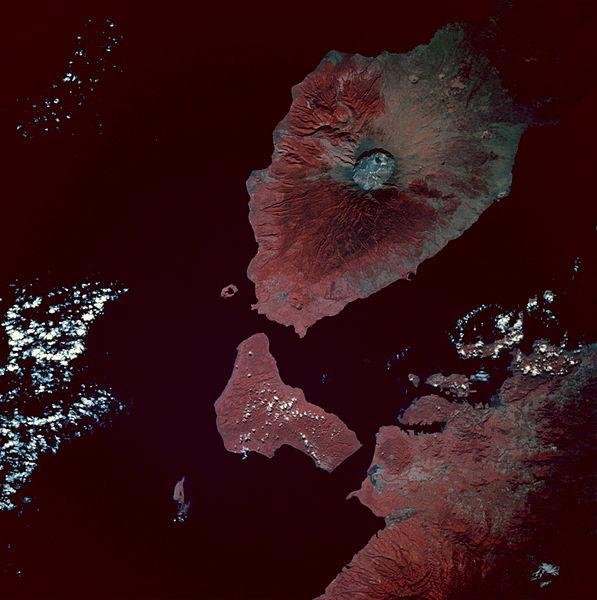Fusun Turetken
Article

On the most powerful catalyst on the planet
Grounded in Deleuze and Guattari’s notion of “panmetallism”, “Alchemic Dialogue: On the Most Powerful Catalyst on the Planet” provides a critical reading of conflict and capital with a focus on the status of matter – particularly metals.[1]This is done with the aim of fostering novel perspectives in understanding the agency of matter.
The thesis sets out to theorise the complicity of metals as participants that influence and register instances of (political) conflict. Exploring the role of metal as the conductor of all matter, it designates specific metals as protagonists in each main chapter (and as quasi-agents) by showing how their presence determines the causation of events. Acknowledging metal’s ubiquity and the intertwined aesthetic, cultural, socio-economic and political entanglements it creates, the study then examines metal’s role in shaping the world of finance, belief systems, geopolitical relations, (digital) bodies, and even the stratosphere and climate-engineered weapons.
The first chapter analyses the London Metal Exchange, linking its mode of operation to concepts and forms of intention deriving from alchemy; in doing so, the chapter introduces the term “Alchemic Desire” to characterise the nexus between human and metallic actors.
The focus in the second chapter is on mercury and its role in the slowly-occurring violence that ensued from the collapse of the World Trade Center. The chapter also dramatises the interaction of mercury with the body of the late New York Police Department officer James Zadroga, one of the key first responders to the 9/11 attack who later died of lung disease probably caused by the inhalation of metals.
The third chapter is an experiment, a Frankenstein-esque operation that attempts to overcome the Cartesian body-mind split. It proposes to stitch a Deleuzo-Guattarian “metallic head” to the human body, thereby introducing the idea of a “superconductive” biopolitics existing in an incipient age of digital colonialism in which labour exploitation becomes infinitely expandable.
Chapter Four considers the role of weaponised clouds and the ends to which these manifestations of “Franken-weather” were deployed in times of both war and peace.
Member of Roundtable Two